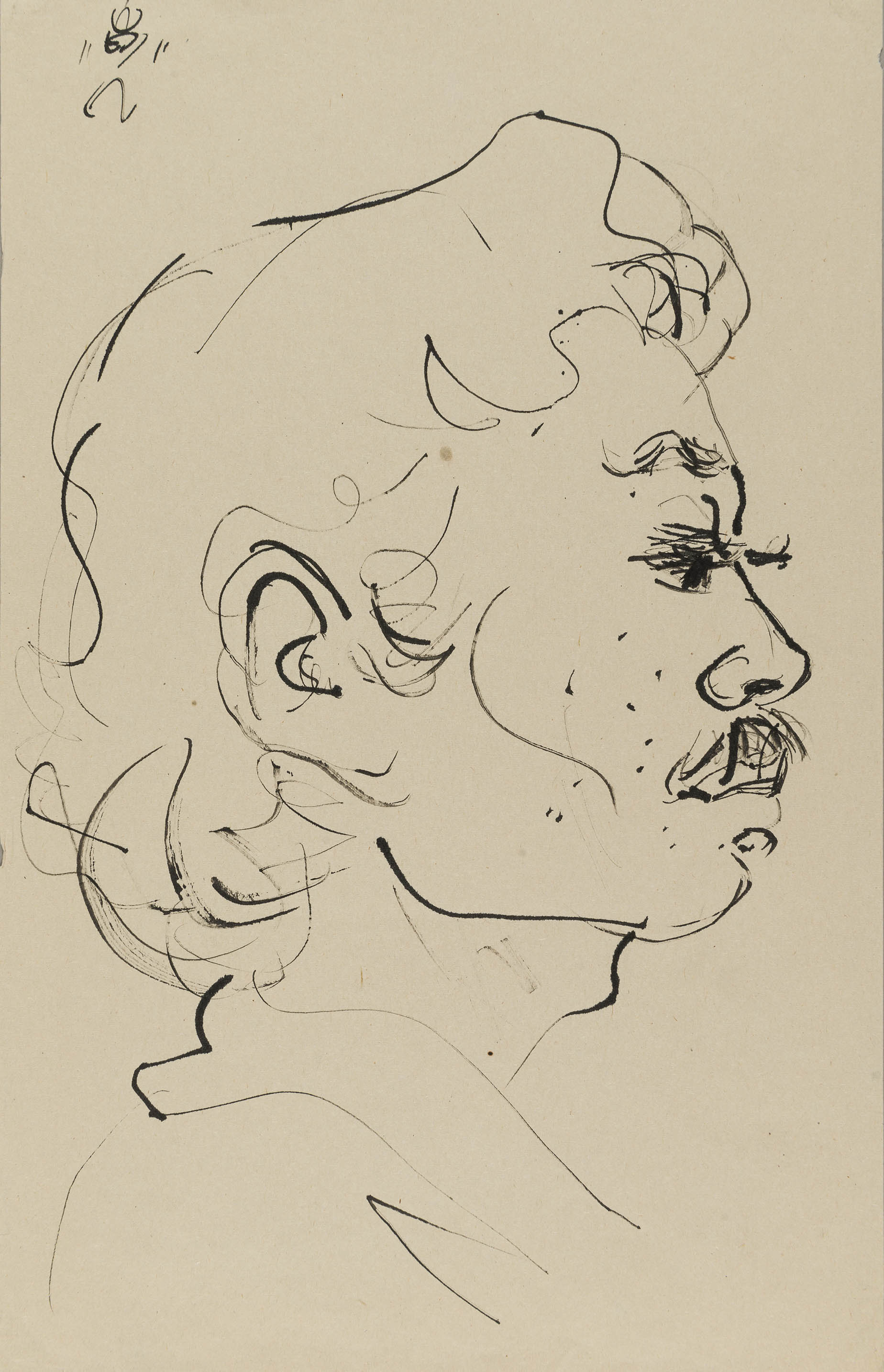Rhythms of Bali. The works of Nyoman Gunarsa
Nyoman Gunarsa (b. 1944) was one of the first artists in the history of independent Indonesia to win wider international recognition. Born in Bali, he graduated from the Art Institute of Indonesia in Yogyakarta and, in 1970, co-founded the art group Sanggar Dewata Indonesia, which brought together young artists exploring new aesthetic concepts, including European artistic influences. They began to operate during a challenging period, when the Indonesians were still on their path towards determining their own identity. This huge country, spanning countless islands that are not only geographically distant from each other but also culturally, only a quarter of a century earlier had gained independence and freedom from 300 years of Dutch influence. The artists who gathered within Sanggar Dewata Indonesia joined forces to share their knowledge and experience in order to determine the common features that united them and, as a result, create a universal art that would reach a wider social circle. Gunarsa had a major impact on the direction of development of the group in the initial period of its activity, but later supported native art too; in 1989 he founded the Indonesian Museum of Modern Art — Seni Lukis Kontemporer Indonesia in Yogyakarta and in 1994 the Museum of Classical Balinese Painting — Museum Seni Lukis Klasik Bali, Klungkung.
The exhibited works come from a collection created in the 1960s by the founder of the Museum, Andrzej Wawrzyniak, who was friends with the Nyoman Gunarsa and promoted his early works. The budding artist was inspired by expressionism and, in particular, by the style adopted by the most famous Indonesian painter — Affandi. Over time, his work became increasingly stylised and decorative, sometimes tending toward abstraction. Although over the years his style has evolved, rhythm composition has invariably remained the basis for his drawings and paintings. When Gunarsa talks about his work, he appeals to the world of music: he compares drawing bold lines to singing and spots of intense colour to dance. The latter is also a frequent undercurrent of his representations — the most recognisable theme of his work is the graceful silhouette of Balinese dancers presented in rhythmic compositions. They appear in his earlier expressionist and geometrical works as well as in his decorative painting that has emerged in recent years. The artist willingly draws from traditional Balinese culture, rituals and daily life, which is why the paintings depict cremation processions, cockfights and characters from shadow theatre. He is inspired by nature and, in particular, the underwater world that is especially rich around the islands of Indonesia.

![grafika z tekstem [journeys to the east]](https://www.muzeumazji.pl/maip/uploads/2022/08/baner_strona_english_tn-1140x220.jpg)




